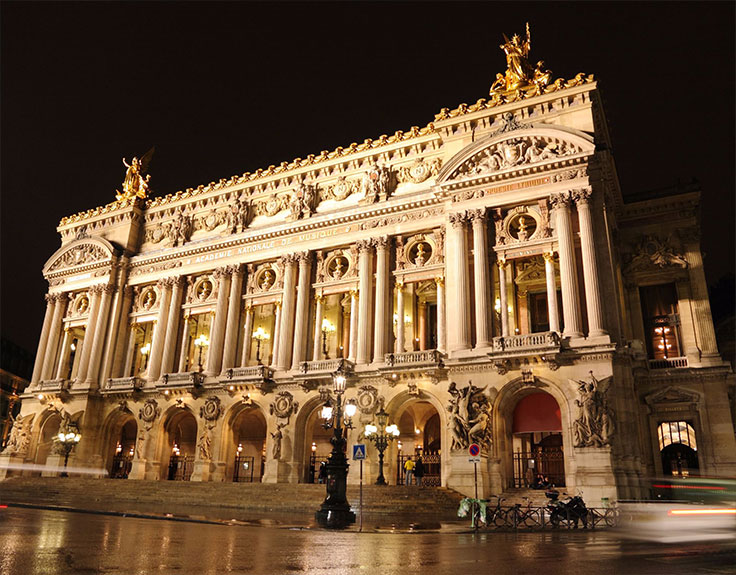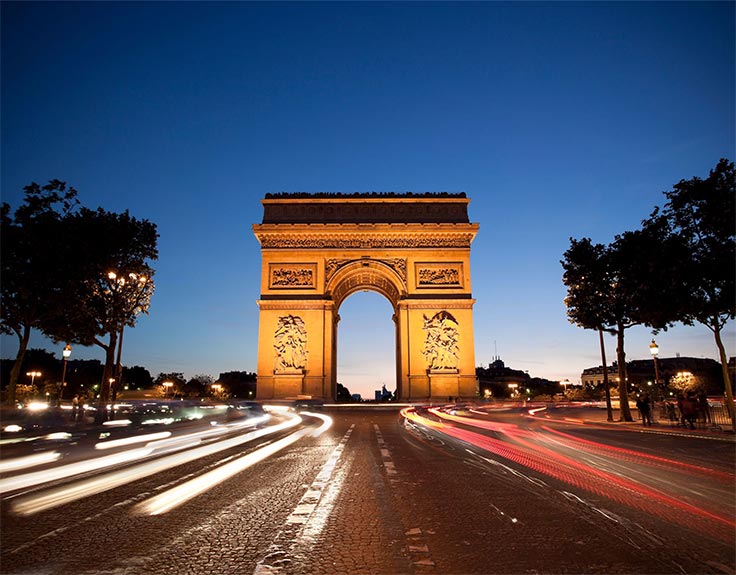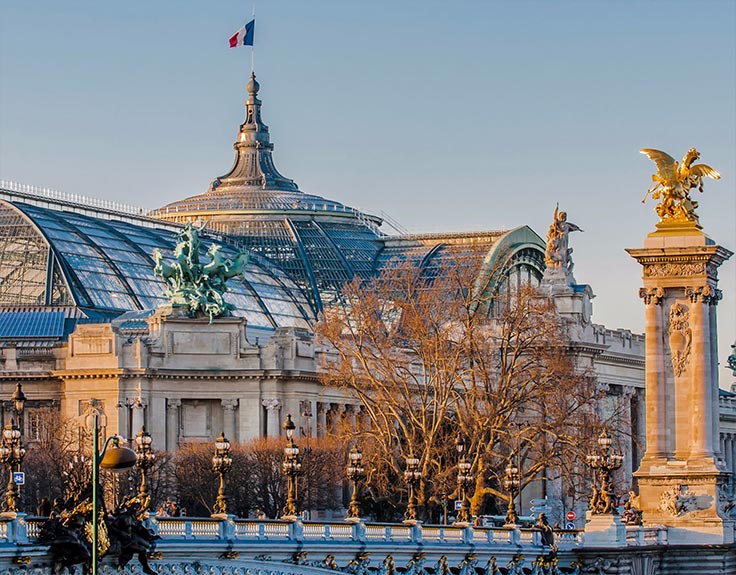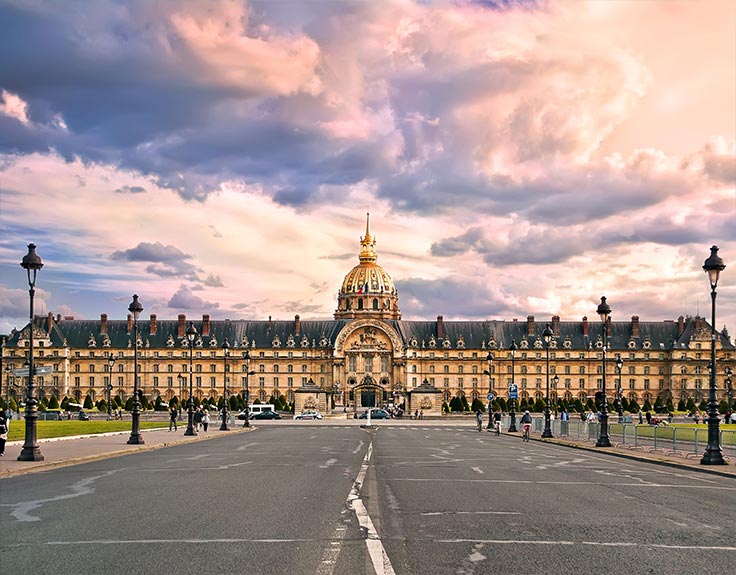Culture meets nature
The Louvre, Paris is the world’s largest and most visited museum. It’s also home to the world’s most famous painting – Leonardo da Vinci’s Mona Lisa. But don’t forget, there are 7,500 other masterpieces, exhibits and antiquities to see that could literally occupy you for a lifetime.
Our Paris bus tour takes you right past the Louvre Pyramid. Want to hop off? We’ll drop you directly outside. It’s also just a short, beautiful walk to the Tuileries Gardens.
History of the Louvre Museum and Tuileries Gardens
Built as a fortress in 1190, the Louvre became a Royal Palace in the 1700s. After Louis XIV moved his court to the Palace of Versailles, it was used to hold the Royal Collection of art. The Louvre’s glass pyramid was built in 1989 and is now one of the city’s most recognisable landmarks.
The Tuileries Gardens
Les Jardins des Tuileries are stunning public gardens that lead up to the museum. Tuileries means ‘kilns’ – which were in the area before Queen Catherine de Médici acquired the land for her garden in the 1560’s. It formed the impressive ‘front lawn’ for her new palace next to the Louvre.
Other interesting facts about the Louvre and Tuileries Gardens
- After the French Revolution, both the Louvre and Tuileries Gardens were opened to the public
- The Tuileries Palace was destroyed by fire in 1870 after it was deliberately set ablaze by the Communards
- The Louvre Pyramid is 21 metres (69 feet) high – made from glass and metal
- Napoleon once renamed the Louvre to Musée Napoleon. He also hung the Mona Lisa in his private bedroom
- The Mona Lisa now has its own bodyguards and is protected by bulletproof glass






